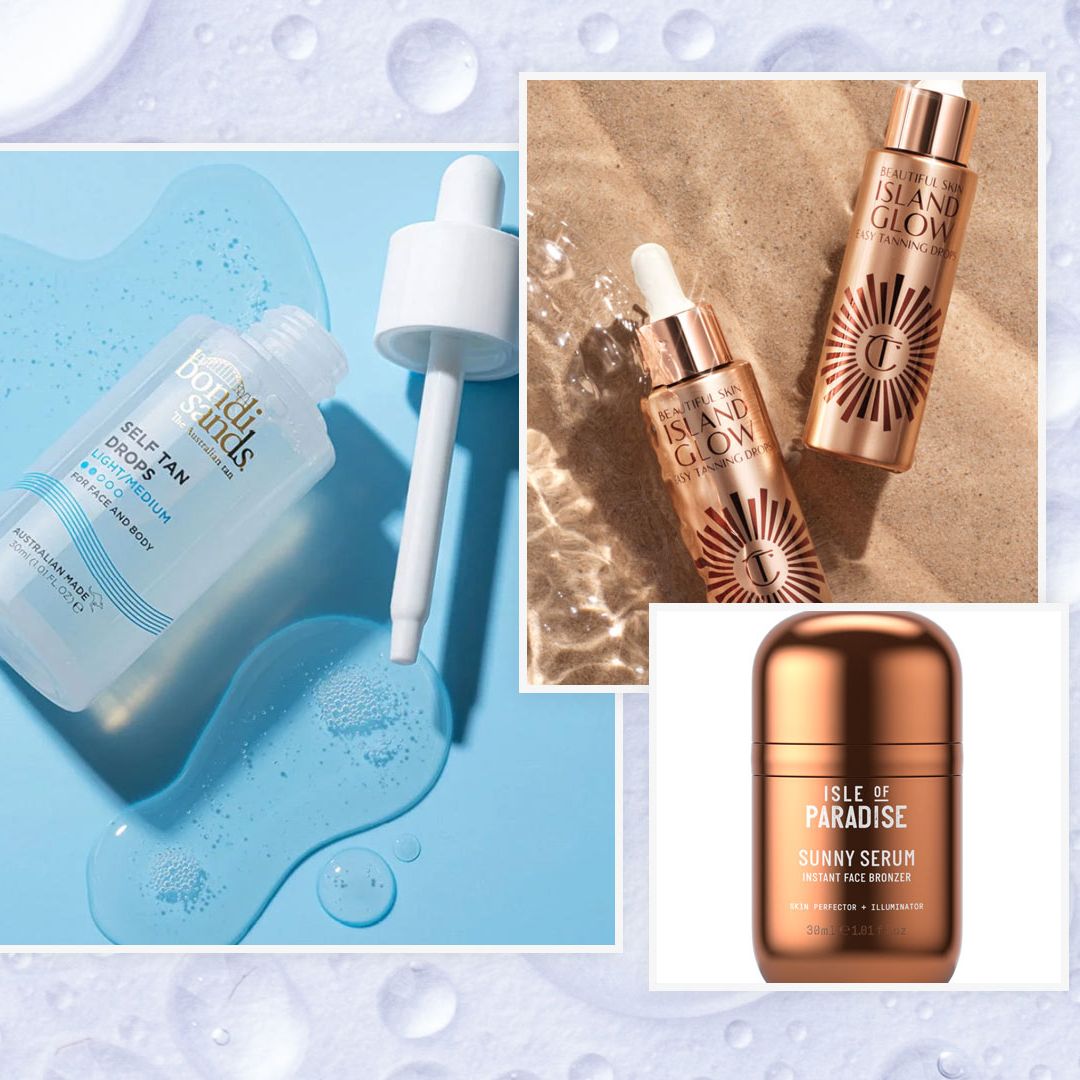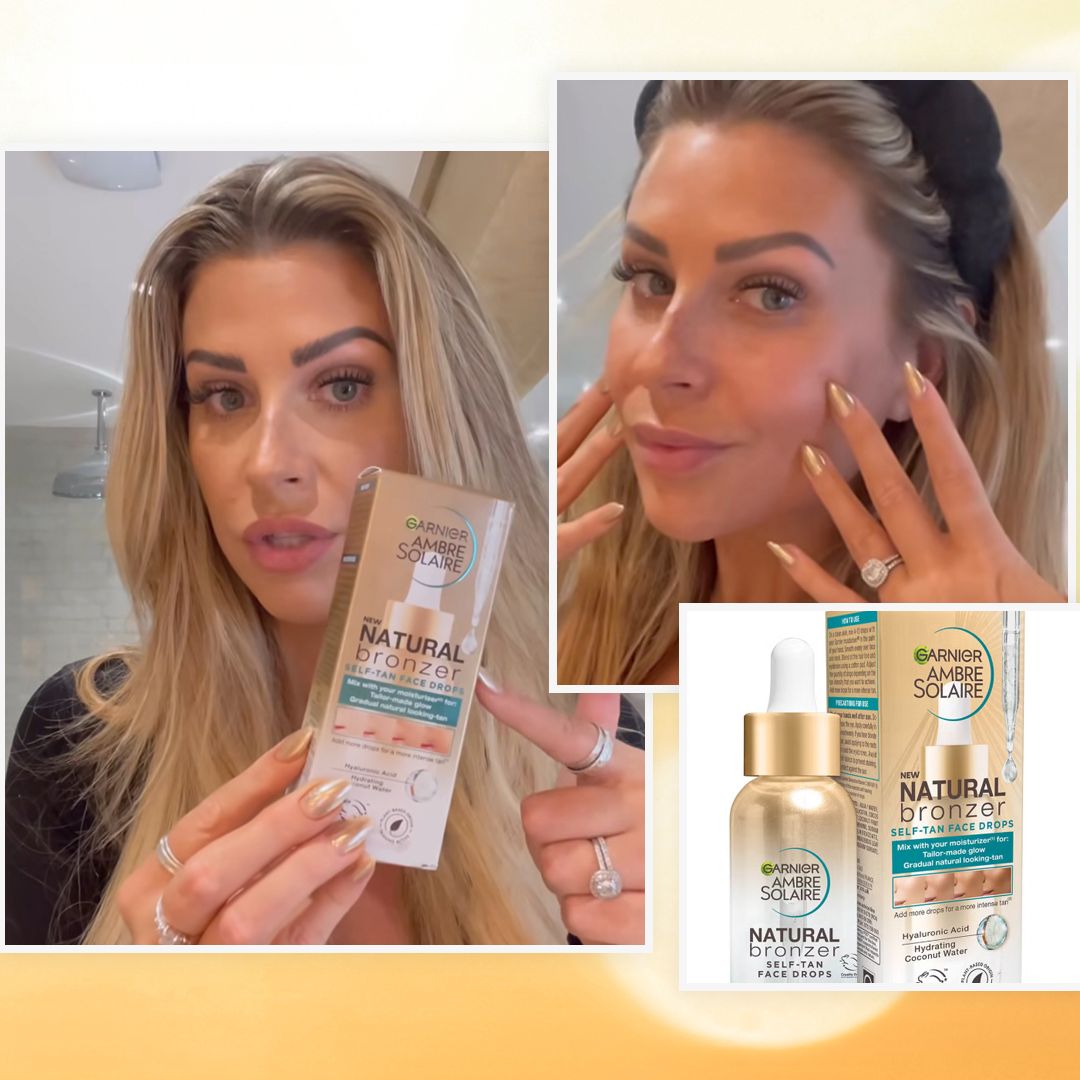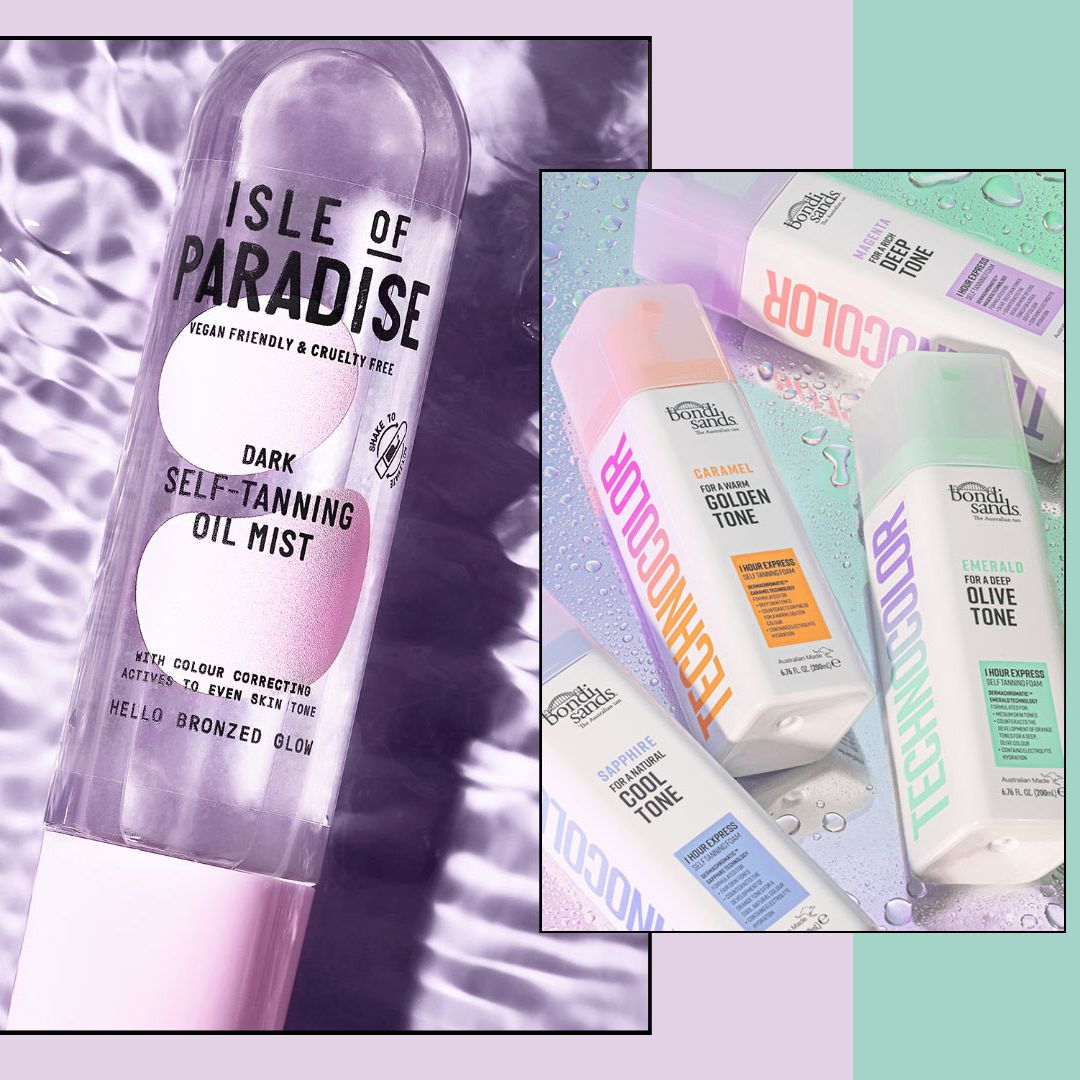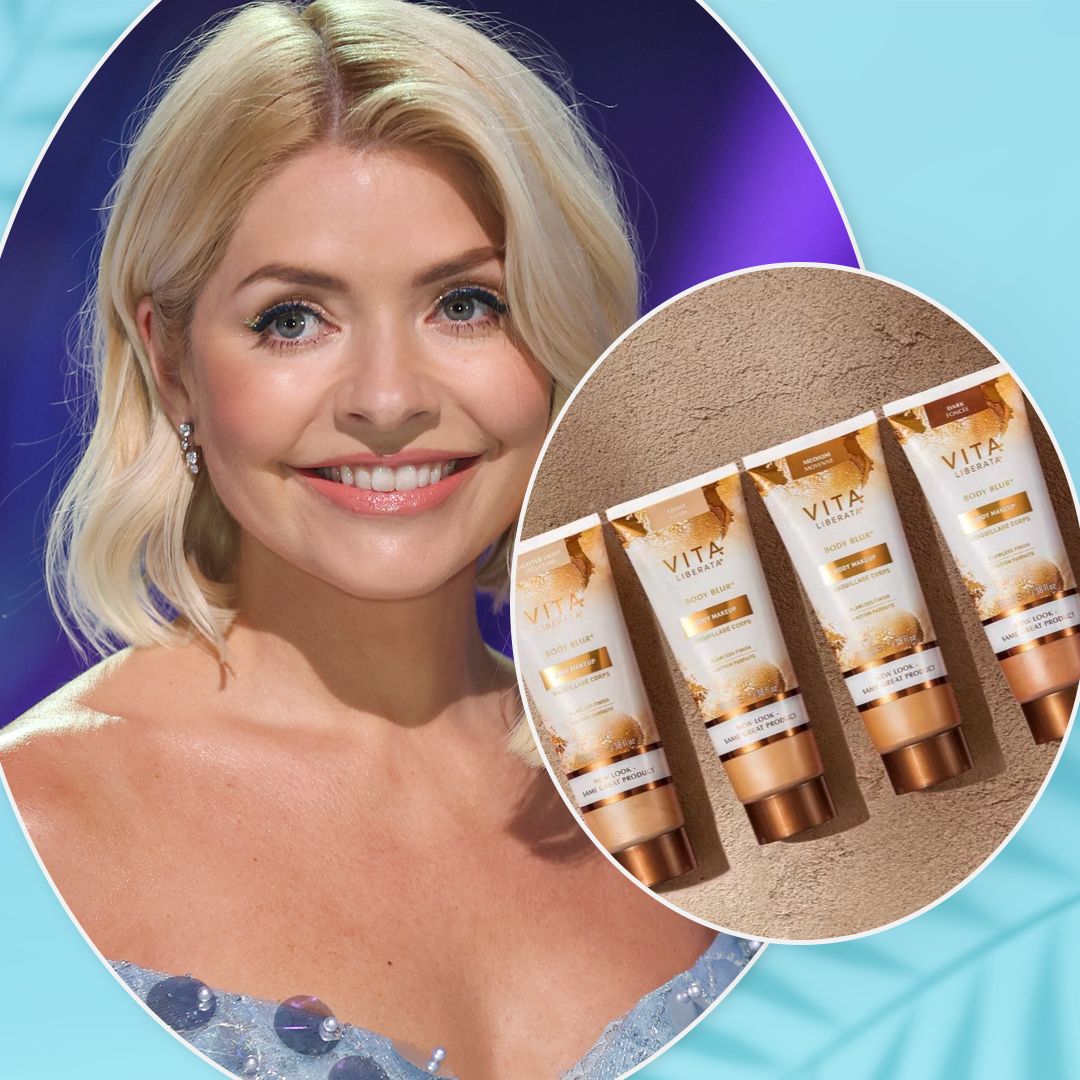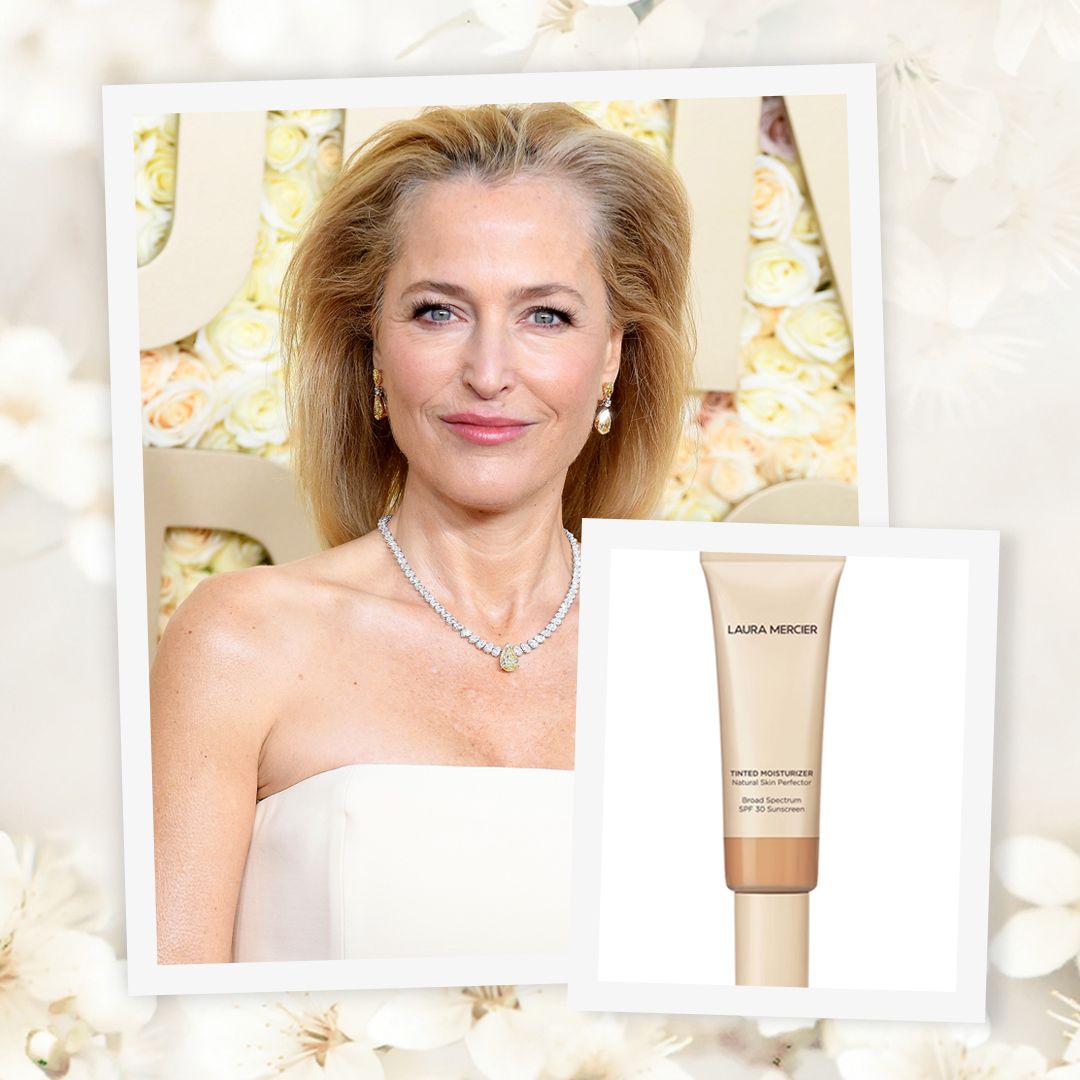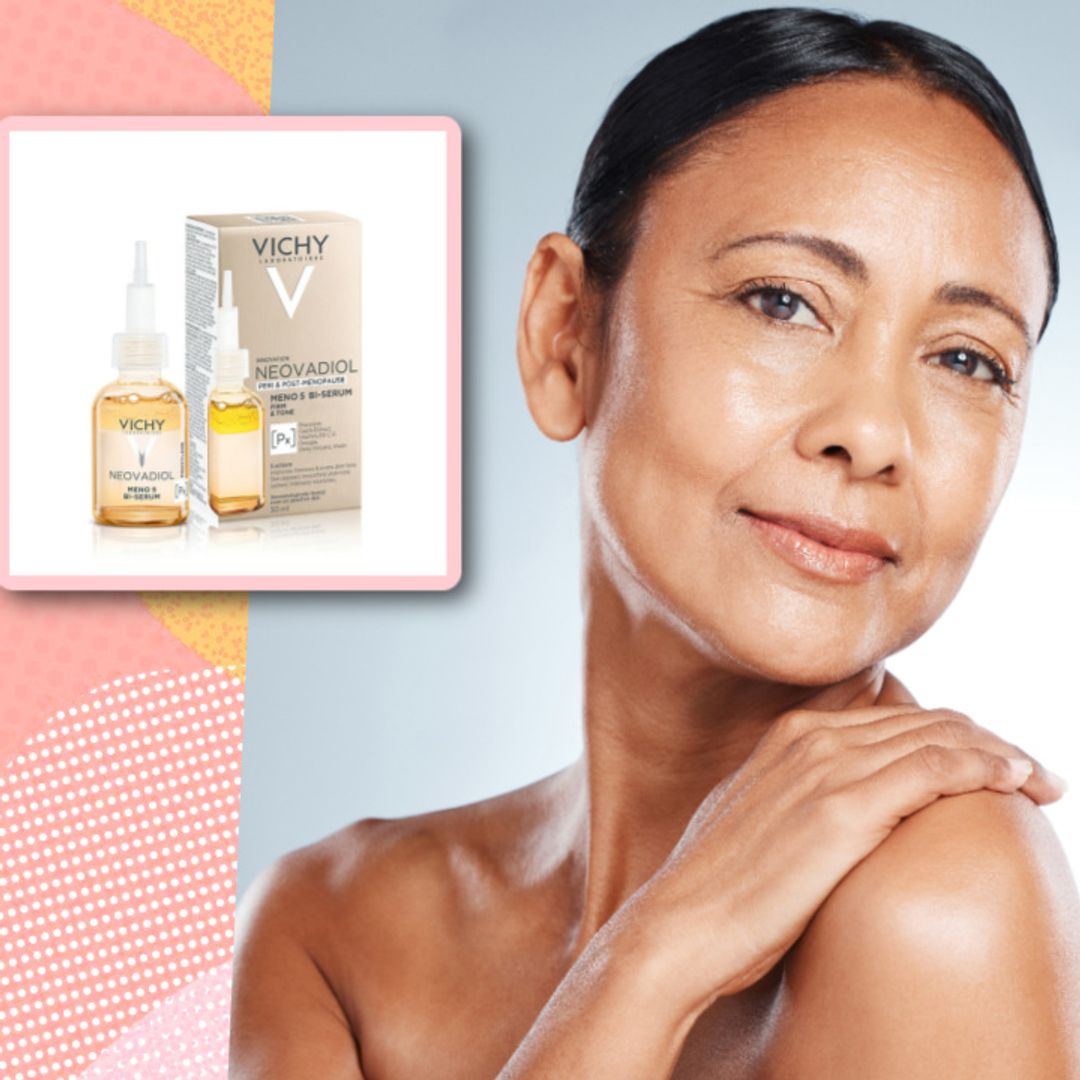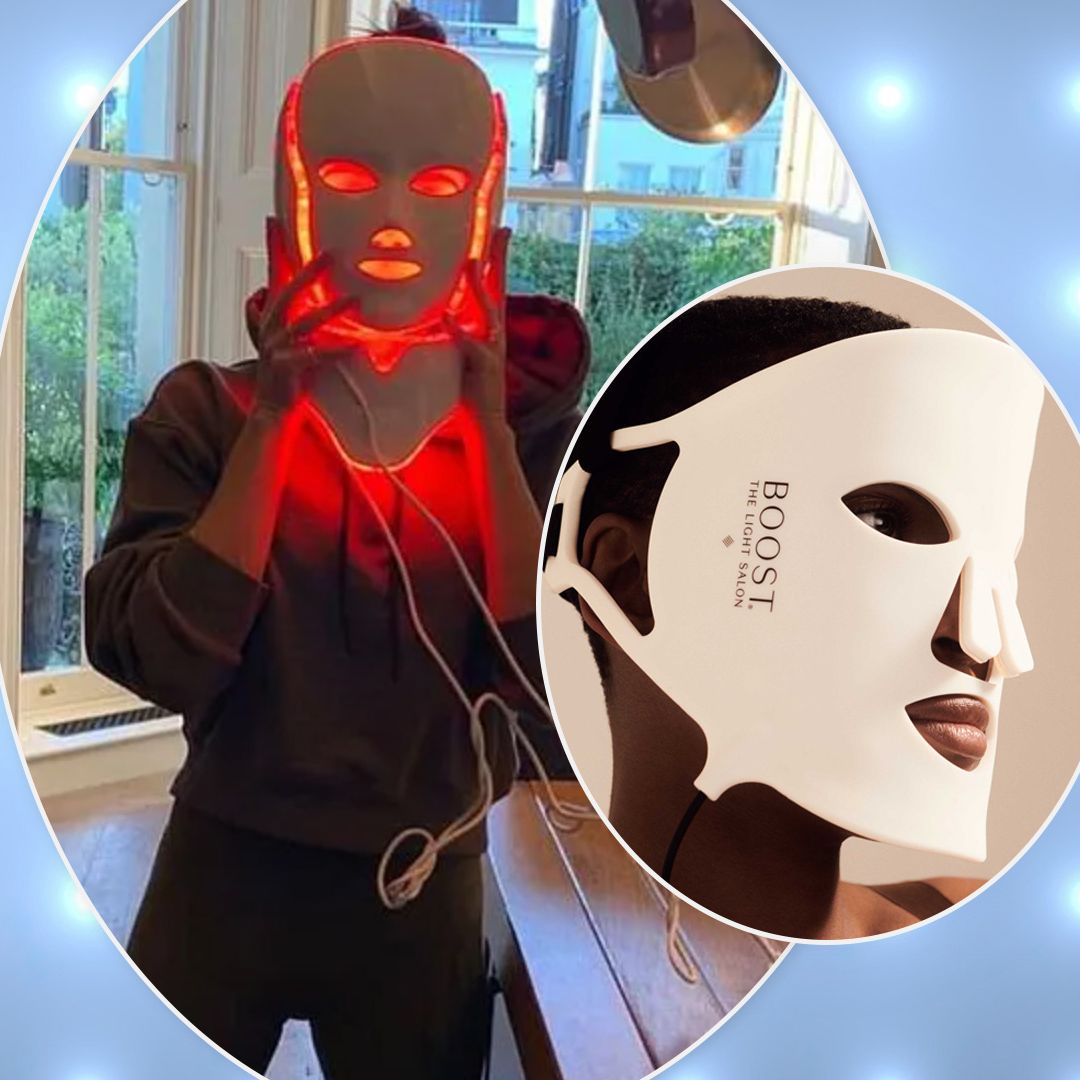We now have more cases of skin cancer than Australia, so it's clear the message about safe sun just isn't getting across. To help you make sense of the advice while the warm weather stays with us, we asked Sally Penford of the International Dermal Institute to explain the basics…
What exactly does the sun do to our skin?
It's the sun's UVA rays – the longest rays in the spectrum, which penetrate deepest into the skin – that are responsible for causing damage at a cellular level, making them responsible for the main cause of the signs of ageing in the form of wrinkles and pigmentation. UVA is present all year round, even in winter. UVB rays are shorter than UVA rays, and cause the burn or tan effect in the skin. Both UVA and UVB rays can cause cancer, so wearing a broad spectrum sunscreen with antioxidants is absolutely essential.
UVC radiation is potentially the most damaging as it is very energetic but is absorbed by oxygen and ozone in the stratosphere and never reaches the Earth’s surface.
UV exposure causes far-reaching damage to skin that may not be noticeable at the time but accumulates and shows its ugly face when we hit our 30s and 40s. Both superficial and deep destruction include:
• Collagen breakdown and changes to elastin, causing wrinkling• Changes in the dermal blood vessels causing dilated capillaries• Free radical damage causing DNA damage and breakdown of dermal tissue• DNA repair inhibited, potentially leading to skin cancer• Immune system reduced, again contributing to potential skin cancer.
So how do we protect ourselves from the sun?
The best way to prevent skin cancer and sun damage is to protect skin from the daylight and direct sun every day of the year. One burn doubles your risk of melanoma.
• Avoid the midday sun• Protect yourself year-round; there is as much UVA in the winter as in the summer. And remember UV radiation can penetrate through light clothing, windshields, windows and clouds• Protect children from an early age, as much of the damage is done before we are 20• Protect from UV reflection from sand, water, snow and ice – 90% bounces back• Give yourself a yearly examination for skin cancer and changes in moles.
How does SPF work?
The SPF represents the ability of a sunscreen to delay sun-induced burning. It is important to realise that an SPF is only a measure of how much UVB protection provides. Unfortunately, a similar system of denoting sunscreen protection for UVA radiation has not been universally recognised so always look for 'broad spectrum' sun products.
Sunscreens work by two mechanisms:
• Chemical sunscreens – Absorb UV rays, lowering the energy level and releasing energy as heat. This type needs to be applied to the skin before any other product, and normally 20 minutes before sun exposure• Physical Sunscreens – Reflect or scatter the energy rays. They are mineral based so therefore less irritating. They need to be applied last as they bounce the rays off the skin. You will also find physical sunscreens in mineral make-up, which is normally SPF 20-26, depending on the brand.
It is important to understand that, even though you may be using a sunscreen, some UVB rays will still penetrate through your skin - you cannot filter out 100% of the sun’s rays.
For example, SPF2 products protect your skin from 50% of the UVB rays, so you can stay in the sun twice as long as you would be able to without protection. Consequently, if you burn after five minutes without protection, once this SPF is applied you could stay out for 10 minutes without burning. This is just an example as SPF2 is far too low, but here is further clarification:
- SPF 8 blocks 87.5 % of UVB rays
- SPF 15 blocks 93.33 % of UVB and some UVA rays
- SPF 30 blocks 96.6 % of UVB and some UVA rays
- SPF 60 blocks 97.98 of UVB and some UVA rays
(While it may seem that a product with an SPF50 or higher would offer a full percentage rate of protection, it is mostly comprised of an increased level of chemicals - which can cause a higher rate of irritation in skin. Also look out for fragrance in sunscreens as they can react with sunlight to give you a reaction or pigmentation problems. If you have sunscreen sensitivity then look for mineral based products, which contain titanium dioxide and zinc oxide.)
How much sun protection should you apply?
Make sure you apply an adequate amount to ensure you are getting the desired SPF. That’s generally about one teaspoon for the face and about on eighth of a cup for complete body coverage. Unless you are using a waterproof formulation, reapply sunscreen whenever you swim, exercise or sweat profusely – or around every two hours.

